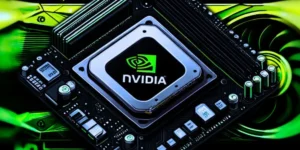In recent years, low-profile keyboards have gained traction among casual users and tech enthusiasts. Once mainly confined to laptops and ultra-thin devices, these sleek peripherals are now making their way into desktop setups, gaming stations, and professional environments. As preferences shift from bulky, high-travel keys to slimmer designs, low-profile keyboards are recognized for more than just their looks.
Aesthetic and Space-Saving Appeal
One of the most immediate reasons for their rising popularity is their sleek and minimal design. Low-profile keyboards offer a clean, modern appearance that aligns well with minimalist desks and portable setups. They also occupy less vertical space, making them ideal for compact workstations or travel bags. These keyboards strike the perfect balance for people who value form as much as function.
Enhanced Typing Comfort
Typing on low-profile keyboards often feels more natural and comfortable, especially for those who type for long periods. The reduced key travel and lower actuation force lead to faster, less fatiguing typing. Many laptop users find the transition seamless, as the design mirrors the experience they’re already used to. This can translate into improved productivity and reduced strain for office workers or writers.
Viability for Gamers and Enthusiasts
Traditionally, mechanical keyboard fans favored full-height switches for their tactile feedback and customization. However, manufacturers have begun producing low-profile mechanical switches that retain the feel of traditional switches while offering a thinner profile. This means gamers no longer have to compromise performance for form factor. Faster actuation and quicker response times have made low-profile options competitive in esports and high-speed gaming.
Portability and Practicality
Low-profile keyboards are typically lighter and more portable, making them ideal for remote workers, students, and anyone who needs to move between spaces. Wireless models further increase this convenience, offering flexibility without a tangle of cables. As hybrid work environments become more common, portable and practical hardware like low-profile keyboards continue gaining relevance.
Conclusion
Low-profile keyboards have evolved from a niche product into a mainstream favorite. Their combination of aesthetics, comfort, performance, and portability meets the needs of modern users across the board. Whether you’re a gamer, writer, or professional on the go, these keyboards provide a versatile and stylish solution. As more users discover their benefits, it’s clear that low-profile keyboards are more than just a trend. They’re the future of typing.










